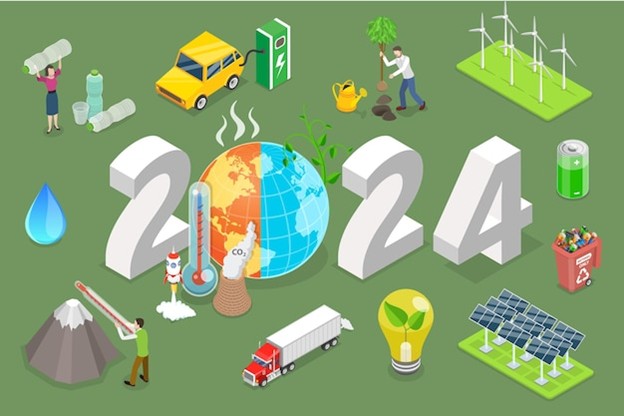after a decade or more of alarming headlines about the chemical bisphenol a bpa, you may be surprised to learn that it poses no significant health risks to humans, according to a recent european union safety assessment. while such strong conclusions from a governmental agency may be politically surprising, the underlying science shouldn&rsquot be.bpa is a chemical used to make hardclear plastics and resins that line food containers such as soda cans or canned fruits and veggies. humans have been exposed to trace levels of the chemical for decades without evidence of it ever producing ill effects on anyone other than lab rats exposed to massive amounts.in its latest safety assessment, the european food safety authority efsa plainly stated &ldquobpa poses no health risk to consumers of any age group including unborn children, infants and adolescents at current exposure levels.&rdquo this assessment affirms efsa&rsquos past safety findings on bpa, which is consistent with the findings of numerous other agencies around the world. for example, the u.s. food and drug administration reaffirmed bpa safety last april.yet hyping theoretical risks based on weak science for about a decade or more, activist groups spawned a media frenzy about bpa risks, claiming that it&rsquos a &ldquodangerous&rdquo endocrinedisrupting substance. and they gained traction by alleging that it poses the greatest risks to babies and children.federal lawmakers responded to it as they do to any &ldquoproblem&rdquo throw money at it. millions of dollars in funding for bpa research produced myriad, poorly designed studies whose weak and largely meaningless conclusions continued to generate alarming headlines. state level governments then started banning baby bottles made with bpa and federal lawmakers introduced bills to ban it in food packaging.but all this spending, studying, and worry could have been avoided if everyone took a step back and considered the science on such &ldquohormonally active&rdquo chemicals.it is true that chemicals can disrupt proper functioning of the endocrine system and lead to health problems. yet as the american council on science and health acsh noted in a report more than a decade ago on this topic &ldquoaside for exposure itself, perhaps the two most important factors for understanding the effects of endocrine disrupters are potency and dose.&rdquo and when it comes to trace synthetic chemicals human exposure is too low and the chemicals are too weakly estrogenic to have any health effects.acsh&rsquos conclusions remain relevant today. in december 2013 issue of the journal toxicology letters, researcher published a review of the science on so called &ldquoendocrine disrupters&rdquo and they concluded &ldquooverall, despite of 20 years of research a human health risk from exposure to low concentrations of exogenous chemical substances with weak hormonelike activities remains an unproven and unlikely hypothesis.&rdquoconsider the fact that humans consume far higher levels and more potent naturallyoccurring endocrine mimicking chemicals every day without ill effects. plants naturally produce such chemicals called phytoestrogens, to which we are exposed at levels that are tens of thousands of times higher than those of synthetic chemicals. human exposure levels to synthetic estrogens is minute in comparison.as researcher jonathan tolman pointed out when this debate emerged more than a decade ago in a competitive enterprise institute study called nature&rsquos hormone factory, naturally occurring estrogenic chemicals are common in dozens of foods in the human diet such soy, which is used in hundreds of products which we safely consume on a regular basis. these phytoestrogens are 1,000 to 10,000 times more potent than synthetic estrogens, and the estrogenic effects of the total amount we consume are as much as 40 million times greater than those of the synthetic chemicals in our diets. yet soy is still safe and healthy to eat as are the other foods that contain phytoestrogens.no one should be surprised that such a weakly estrogenic chemical like bpa poses little to no risk. what is surprising, perhaps, is the fact that the efsa had courage to say it so bluntly in this politically charged environment.angela logomasini is a senior fellow at the independent women&rsquos forum iwf and the competitive enterprise institute. she is author of a recently published iwf paper titled &ldquothe science of the "endocrine disrupter" debate.&rdquo 






